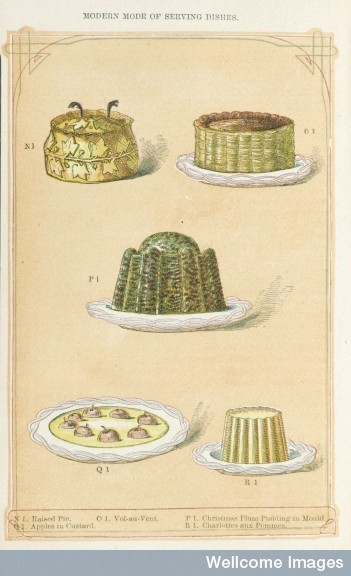
My Christmas guest blog for Find My Past. Arsenic at Christmas: a recipe for disaster.

My Christmas guest blog for Find My Past. Arsenic at Christmas: a recipe for disaster.
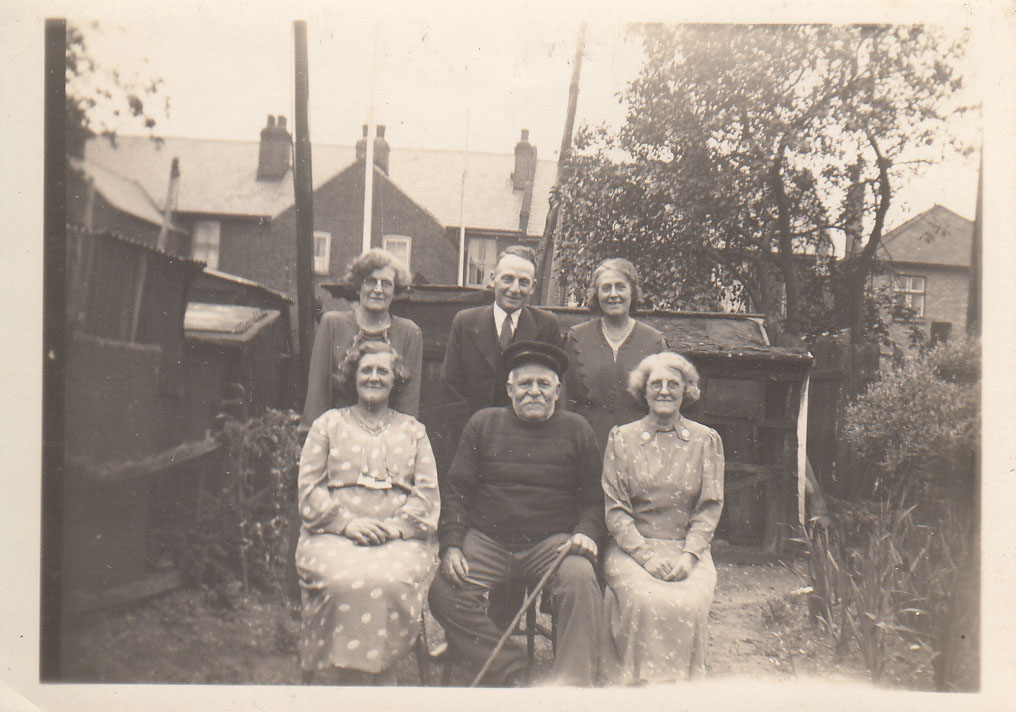
Part two of my 1939 Register guest blog for Find My Past: An intrepid cocoa-buyer, and Uncle Bill’s fate.
Check out Find My Past for my guest blog about family tree brick walls I demolished with The 1939 Register. Without it, I would’ve struggled to trace Uncle Bill and Cousin Madge.
I’ve mentioned Grandma’s photo album before, when it turned out that the unnamed WW1 soldier posing in a Brighton studio was in fact her Uncle Bill. The photo above, of Grandma on a family seaside outing, interested me as it showed two of her cousins, and aunts of hers who I knew nothing about. She had written on the back identifying the people in the photo as:
I knew I would come across the burial of Matthew Hopkins, “witchfinder general”, when I came to transcribe Mistley‘s earliest parish register. It was still a strange feeling, to add his name to the database along with all the other residents. But along with Matthew, there was one other Hopkins in the register, and his burial seems to explain just what Hopkins was doing in Mistley in the first place, and perhaps how his campaign took hold.
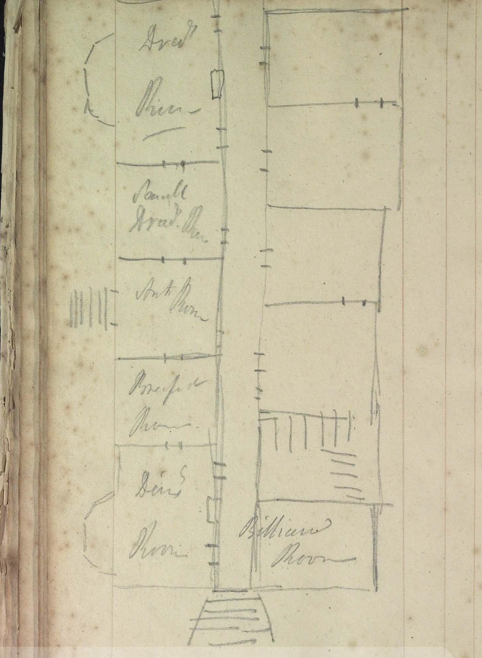
Well this is a very odd thing… a plan for the ground floor of a house, from Manningtree‘s register covering 1695-1775. It looks bizarrely like a board from the game “Cluedo”, not least because it even includes a billiard room. From the top, there’s the drawing room, something-or-other room, Ante? room, breakfast room and dining room. Some hastily added stairs, and bay windows.
But who sketched this? A vicar dreaming of his perfect house? Is there a house somewhere in Manningtree which was built to this plan?

Along with the notes in Weeley’s register showing that people having civil marriages during the Commonwealth were sometimes backing it up with a church wedding afterwards, there’s something else intriguing about the register at that period.
We’re used to seeing marital statuses for women such as single woman, spinster, widow or maiden (How sure they were of that…? Ahem), but Weeley’s earliest register throws a new one into the mix: the double woman.
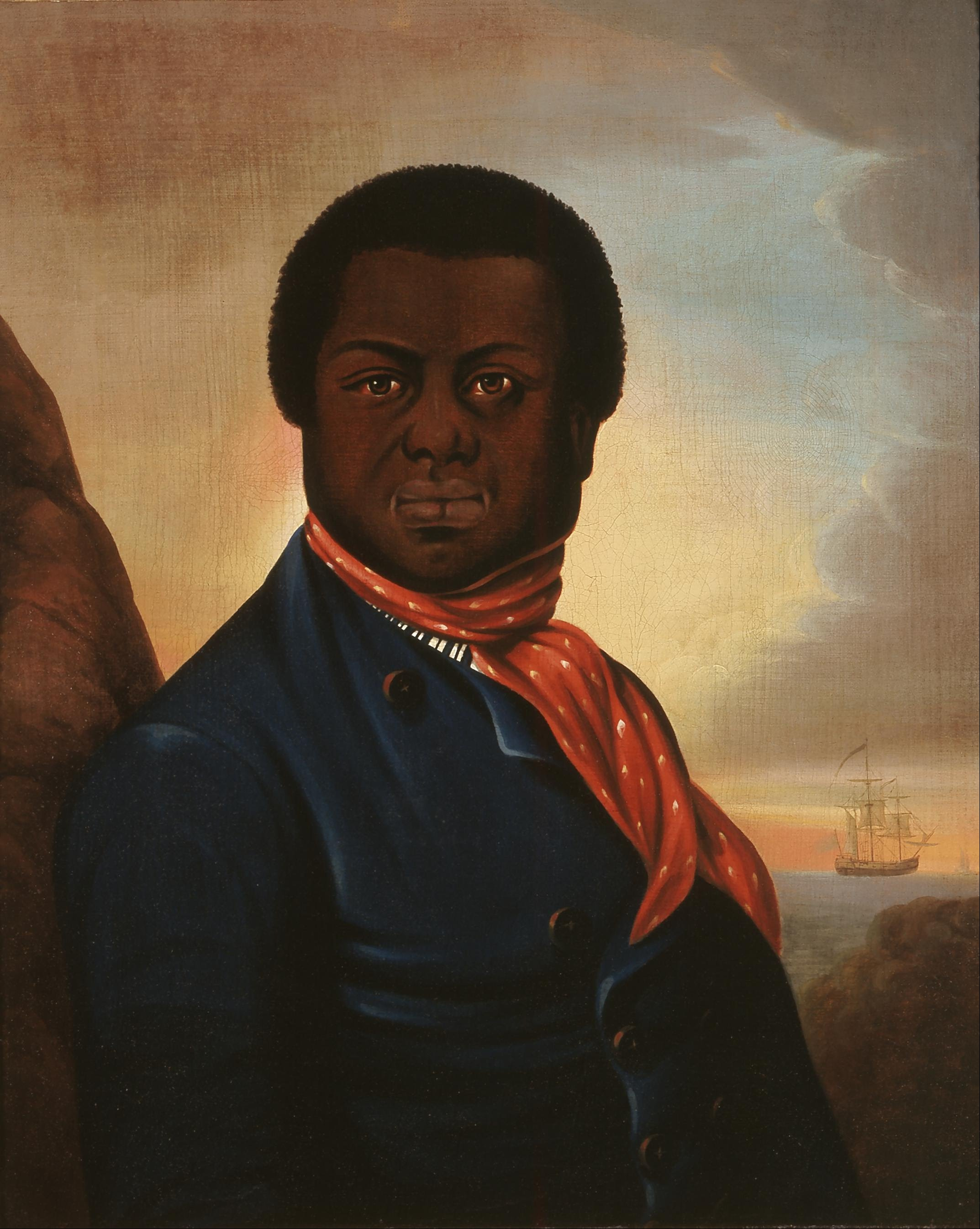
It’s time for some parish register finds which show black people living in Essex hundreds of years ago. Last year, it was coincidentally in October that I spotted William Essex, “a black native of Madagascar” in Wivenhoe’s baptism register – so these are the people I’ve found since, in Harwich and Boreham.
Hurrah for free stuff! If you’ve ever been curious as to what you might discover about your ancestors on Findmypast, then now’s your chance, with the Findmypast free weekend.
Even though the parish registers for Essex and Suffolk aren’t transcribed in their entirety on any commercial sites yet, you’ll still find lots of records which are relevant. Here’s a run-down:
This barely breaks the surface but should hopefully give you some pointers for searching for your Essex and Suffolk ancestors on Findmypast this weekend.
Note: if you don’t want to subscribe to Findmypast, make sure you cancel your account, as you’ll need to set one up in order to participate in the free weekend.
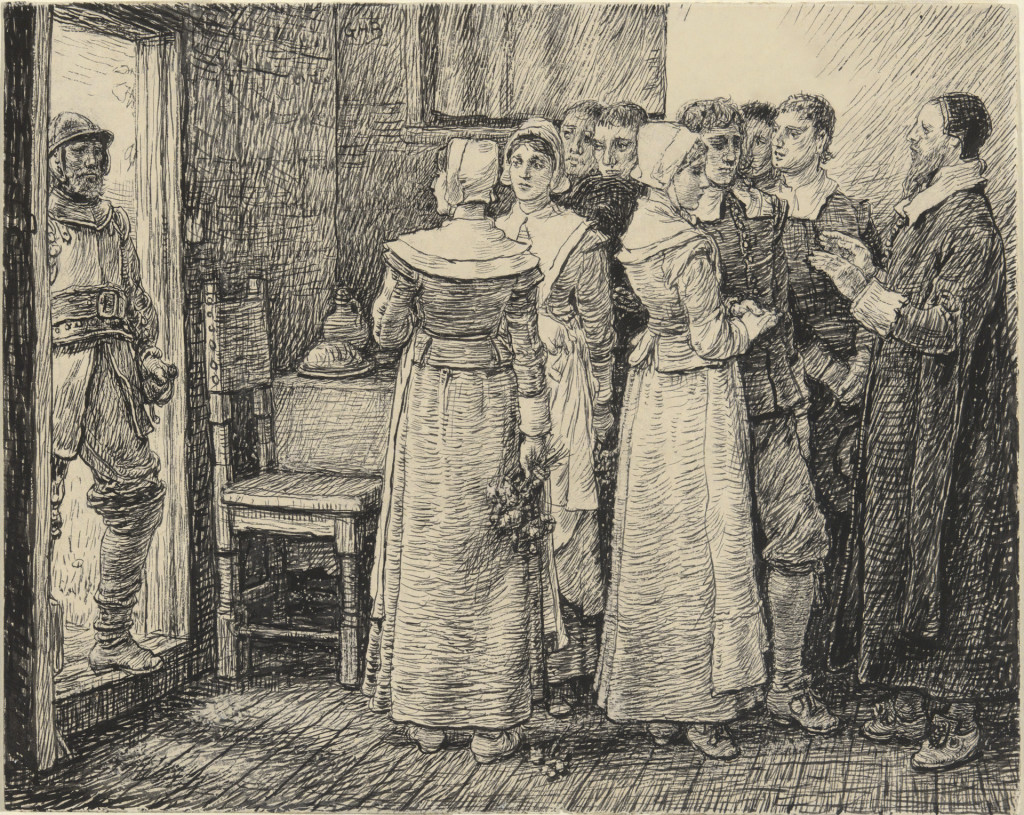
Well… sort of….
During the Commonwealth, from the time of the 1653 Marriage Act to the Restoration in 1660, marriages weren’t performed by clergy but by the local Justice of the Peace.[1]See Rebecca Probert’s Marriage Law for Genealogists for more information. In the Tendring Hundred, these Justices – amongst them Harbottle Grimstone (who sounds like a Dickens character) and Sir Thomas Bowes (a relative of mine – sorry everyone) would have performed the marriages. And these were the very same men who aided Matthew Hopkins in his crusade against “witches” – they were responsible for committing the women (and sometimes men) for trial.
Footnotes
| ↑1 | See Rebecca Probert’s Marriage Law for Genealogists for more information. |
|---|